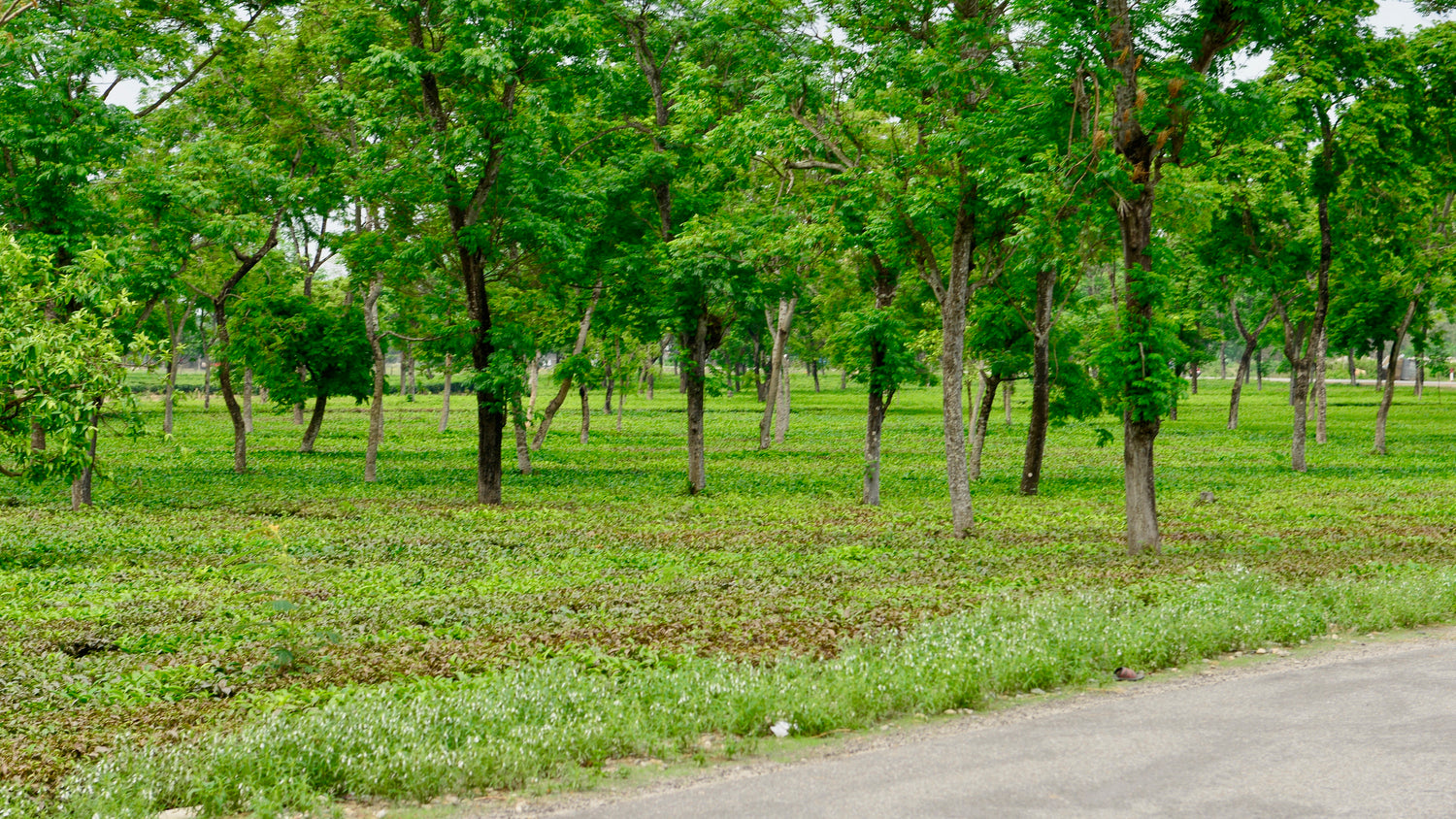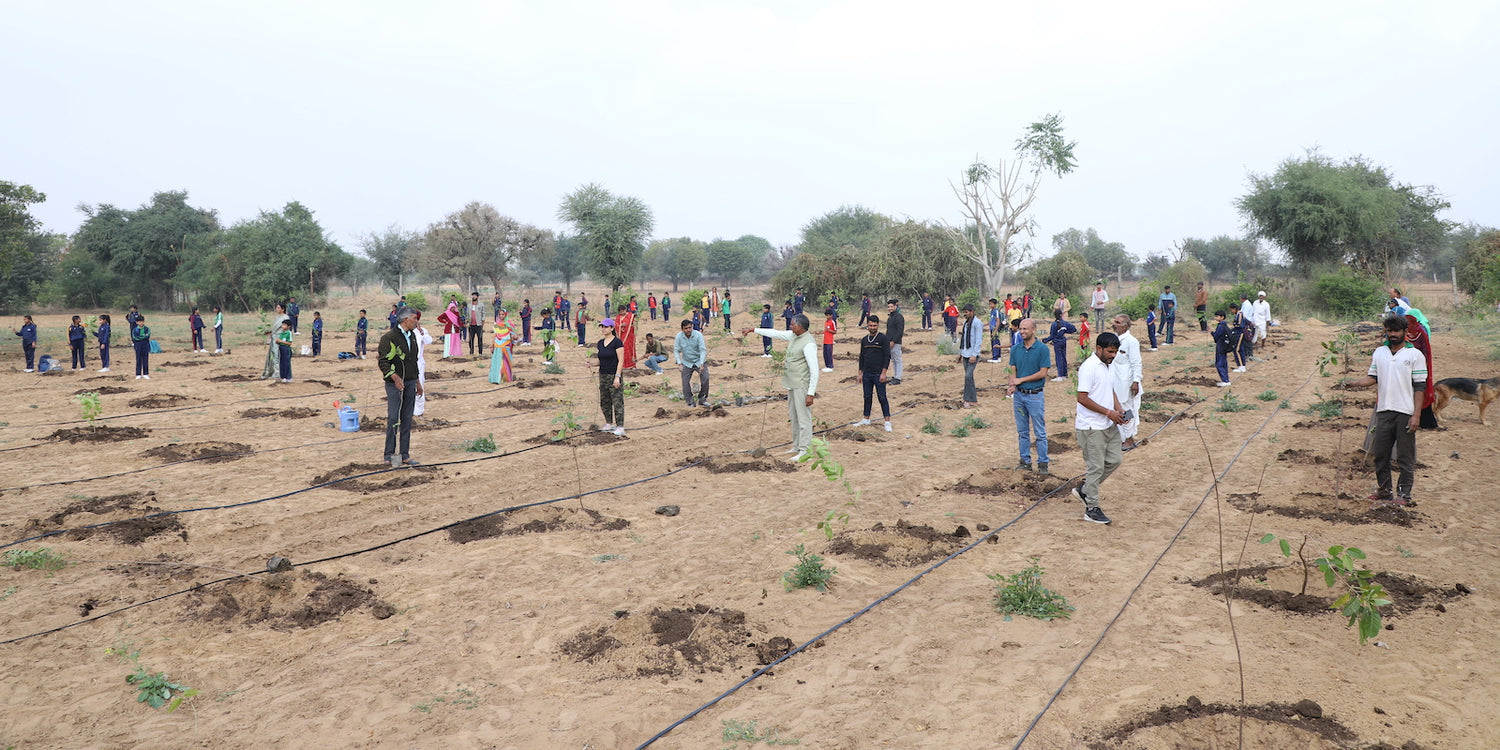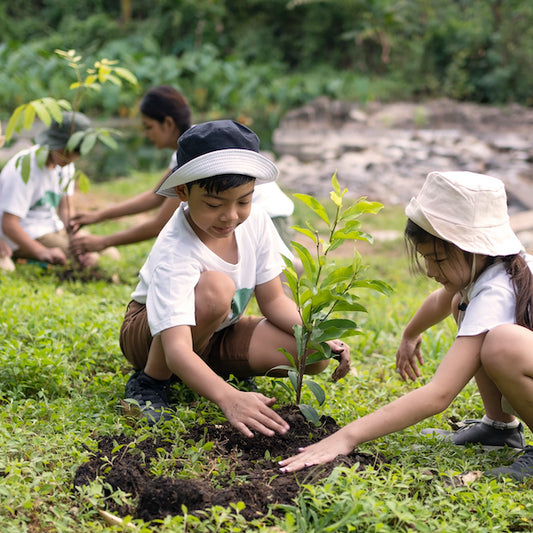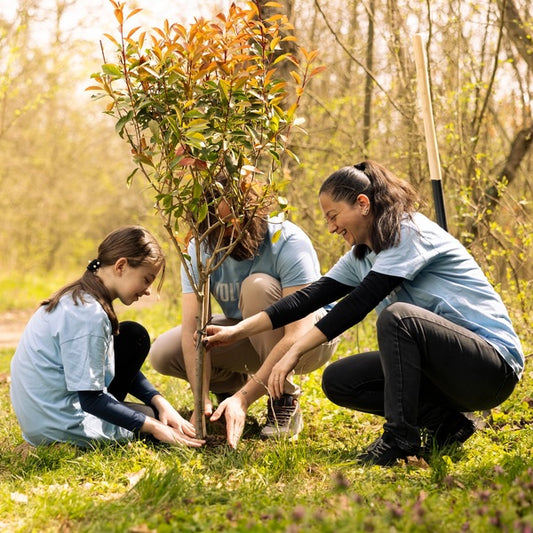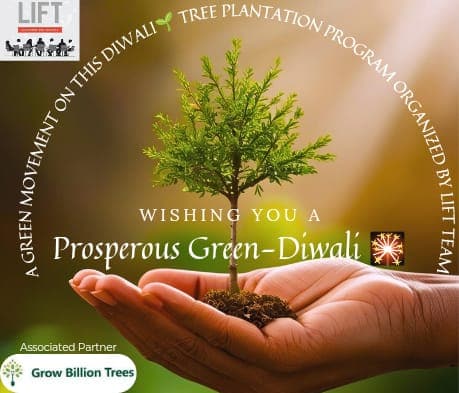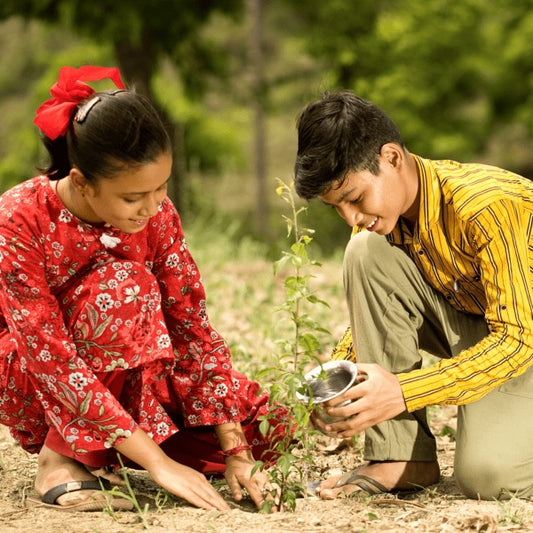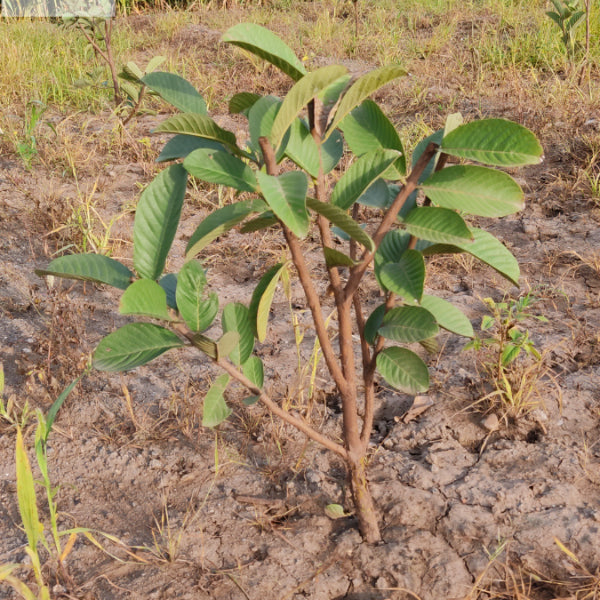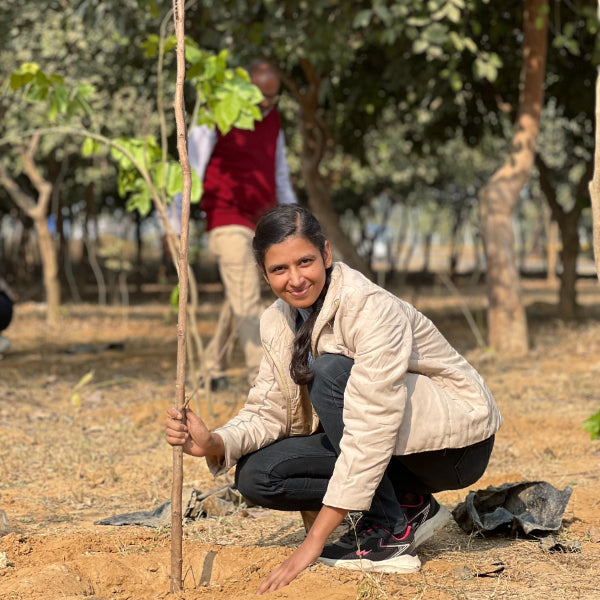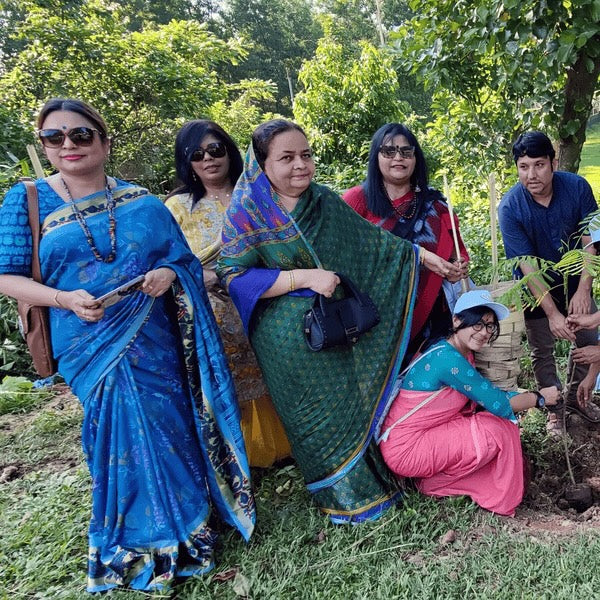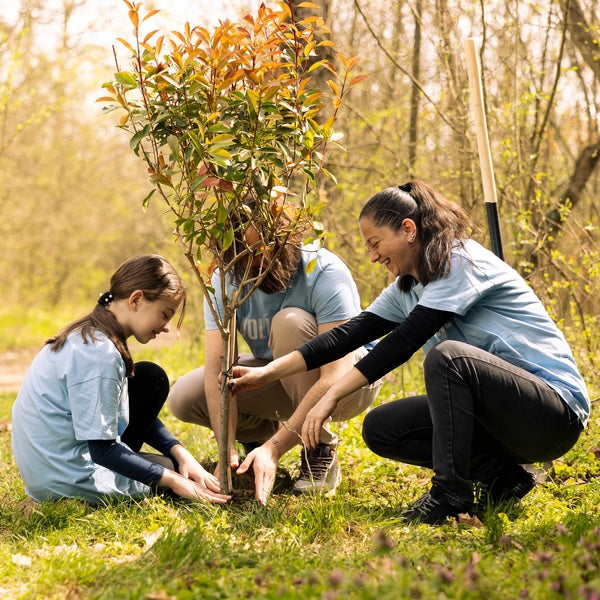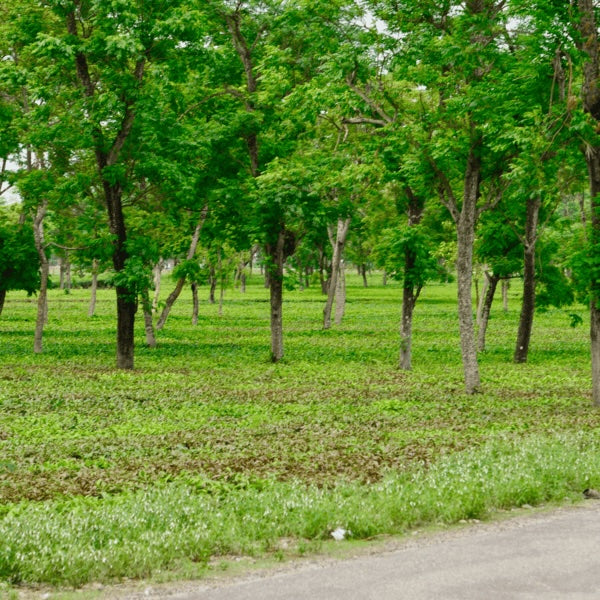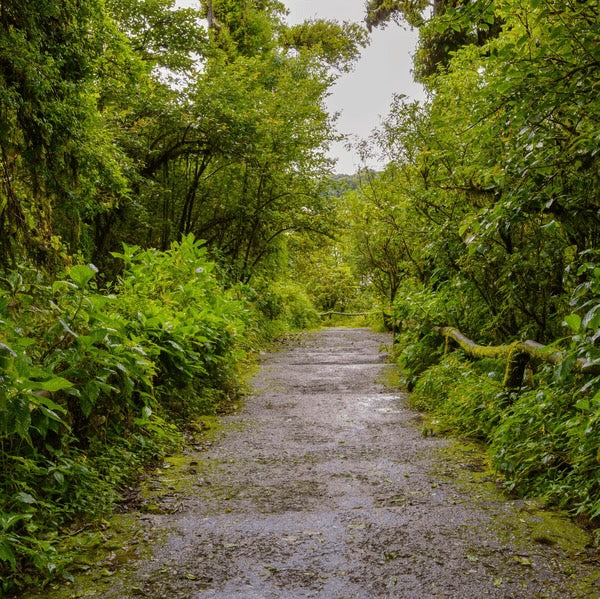Agroforestry in Mizoram: Jhum Cultivation to Agroforestry
Agroforestry in Mizoram is a fascinating journey from traditional jhum cultivation to modern agroforestry practices. 🌱 This transition not only enhanc Read more
Connect with us
-
👥 Corporates
If you are looking for:
- 🌲 Tree Plantation Events
- 📊 CSR Projects
📧 corporate@growbilliontrees.com
📞 +91 9699723523
💬 +91 9325931304 WhatsApp (Only)
🕒 Mon - Sat | 10am - 7pm IST
-
🧩 Tree Plantation NGOs
If you are looking for:
- 💰 Financial Assistance
- 🤝 Operational Support
📧 support@growbilliontrees.com
📞 +91 9699723523
💬 +91 9325931304 WhatsApp (Only)
🕒 Mon - Sat | 10am - 7pm IST
-
🌼 Individuals
If you are looking for:
- 👥 Group Tree Plantation Drive
- 🌳 Bulk Tree Plantation
📞 +91 9699723523
💬 +91 9325931304 WhatsApp (Only)
🕒 Mon - Sat | 10am - 7pm IST
Trending
Trees for Corporates
Agroforestry in Mizoram: Jhum Cultivation to Agroforestry
Agroforestry in Mizoram is a fascinating journey from traditional jhum cultivation to modern agroforestry practices. 🌱 This transition not only enhances agricultural productivity but also promotes environmental sustainability.
Jhum cultivation, or shifting cultivation, has been a way of life for the Mizos for centuries. This ancient practice involves clearing a patch of forest, cultivating crops for a few years, and then moving to a new area. While it has sustained communities, it has also led to deforestation and soil degradation. 🌳
In recent years, the need for sustainable practices has become evident. Agroforestry, which integrates trees and shrubs into agricultural landscapes, offers a promising alternative. This method enhances biodiversity, improves soil health, and increases crop yields. 🌾
One of the key benefits of agroforestry is its ability to combat climate change. 🌍 Trees absorb carbon dioxide, helping to mitigate global warming. In Mizoram, where the effects of climate change are increasingly felt, agroforestry can play a crucial role in building resilience.
Scientific studies show that agroforestry systems can increase crop yields by 20-60% compared to traditional farming methods. 🌿 This is particularly important in Mizoram, where food security is a pressing concern. By diversifying crops and incorporating trees, farmers can ensure a more stable food supply.
Moreover, agroforestry enhances soil fertility. The roots of trees help prevent soil erosion, while their leaves provide organic matter that enriches the soil. 🌱 This natural process reduces the need for chemical fertilizers, promoting healthier ecosystems.
Historically, Mizoram's forests have been rich in biodiversity. However, deforestation has threatened this wealth. Agroforestry can help restore degraded lands and protect native species. 🌳 By planting indigenous trees alongside crops, farmers can create habitats for wildlife and preserve the region's ecological heritage.
Fun fact: Mizoram is home to over 1,000 species of flowering plants! 🌼 Agroforestry can help maintain this biodiversity while providing economic benefits to local communities.
In addition to environmental benefits, agroforestry can improve the livelihoods of farmers. By diversifying income sources, farmers can reduce their dependence on a single crop. 🌾 This resilience is vital in the face of market fluctuations and climate variability.
Enter Grow Billion Trees, an initiative that is making waves across India, including Mizoram. 🌳 Their mission is to plant one billion trees, promoting agroforestry and sustainable land management practices. This ambitious project aims to restore degraded lands and enhance biodiversity.
Grow Billion Trees collaborates with local communities, providing training and resources to implement agroforestry systems. 🌱 They focus on planting native species, which are better adapted to local conditions and support wildlife. This community-driven approach ensures that the benefits of agroforestry are shared widely.
Through workshops and outreach programs, Grow Billion Trees educates farmers about the advantages of agroforestry. 🌍 They emphasize the importance of integrating trees into farming systems, showcasing successful case studies from Mizoram and beyond.
The impact of Grow Billion Trees is already visible. Farmers who have adopted agroforestry practices report increased yields and improved soil health. 🌾 This success story inspires others to follow suit, creating a ripple effect throughout the region.
Moreover, the initiative contributes to climate change mitigation. 🌳 By planting trees, Grow Billion Trees helps sequester carbon, making a positive impact on the environment. This aligns with global efforts to combat climate change and promote sustainable development.
As Mizoram embraces agroforestry, the potential for economic growth and environmental restoration is immense. 🌱 The combination of traditional knowledge and modern practices can lead to a sustainable future for the region.
In conclusion, the transition from jhum cultivation to agroforestry in Mizoram is a vital step towards sustainability. 🌍 With initiatives like Grow Billion Trees leading the way, the future looks bright for farmers and the environment alike. Together, we can cultivate a greener, more resilient world.
Join the movement! 🌳 Support agroforestry initiatives and be part of the solution to climate change. Every tree planted is a step towards a sustainable future.
Agroforestry Practices in Mizoram
When you think of Mizoram, you might picture lush green hills and vibrant cultures, but did you know that agroforestry is the unsung hero of this region? It’s like the Swiss Army knife of farming! By combining trees with crops, farmers are not just growing food; they’re creating a mini-ecosystem. This practice helps in soil conservation, enhances biodiversity, and even provides shade for crops. Imagine a farmer sipping tea under a tree while his crops thrive in the cool shade. Talk about multitasking! Agroforestry in Mizoram is not just a trend; it’s a sustainable lifestyle that keeps the land fertile and the farmers happy.
Benefits of Jhum Cultivation
Ah, Jhum cultivation, the traditional farming method that’s as old as time in Mizoram! It’s like the original “farm-to-table” concept, where farmers clear a patch of forest, grow crops, and then let nature take its course. The benefits? Well, it’s a great way to maintain soil fertility and control pests naturally. Plus, it’s a fantastic excuse for farmers to take a break and let the land rest. Who wouldn’t want to take a vacation every few years? Jhum cultivation is not just about growing food; it’s about respecting the land and its cycles, making it a sustainable practice that has stood the test of time.
Transitioning from Jhum to Agroforestry
Transitioning from Jhum cultivation to agroforestry is like upgrading from a flip phone to a smartphone. It’s all about embracing modern techniques while respecting traditional practices. Farmers in Mizoram are realizing that they can have their cake and eat it too—growing diverse crops while maintaining the ecological balance. This transition is not just beneficial for the environment; it’s also a smart economic move. With agroforestry, farmers can diversify their income sources, making them less vulnerable to market fluctuations. It’s a win-win situation that’s turning heads and changing lives in the region.
Soil Health in Agroforestry
Soil health is the unsung hero of agroforestry, and in Mizoram, it’s getting the spotlight it deserves! Think of soil as the foundation of a house; without it, everything crumbles. Agroforestry practices improve soil structure, enhance nutrient cycling, and boost microbial activity. Farmers are like soil whisperers, understanding that healthy soil leads to healthy crops. With the right mix of trees and plants, they’re creating a nutrient-rich environment that’s perfect for growth. It’s like throwing a party for the soil, and everyone’s invited! Healthy soil means bountiful harvests, and who doesn’t want that?
Biodiversity in Agroforestry
Biodiversity is the spice of life, and in Mizoram’s agroforestry systems, it’s the secret ingredient! By integrating various species of trees and crops, farmers are creating a vibrant tapestry of life. This diversity not only attracts beneficial insects but also helps in pest control. It’s like having a natural army defending the crops! Plus, a biodiverse system is more resilient to climate change, making it a smart choice for the future. Farmers are becoming eco-warriors, fighting for a balanced ecosystem while reaping the rewards of their hard work. Who knew farming could be so exciting?
Economic Viability of Agroforestry
The economic viability of agroforestry in Mizoram is like finding a pot of gold at the end of a rainbow. Farmers are discovering that by diversifying their crops and integrating trees, they can boost their income significantly. It’s not just about growing rice anymore; it’s about creating a sustainable business model. With multiple income streams from fruits, nuts, and timber, farmers are less susceptible to market shocks. Plus, agroforestry practices can lead to lower input costs and higher yields. It’s a financial win that’s making waves in the agricultural community. Who knew that going green could also mean going gold?
Climate Resilience through Agroforestry
Climate resilience is the name of the game, and agroforestry in Mizoram is leading the charge! With unpredictable weather patterns becoming the norm, farmers are turning to agroforestry as a way to adapt. By planting trees alongside crops, they’re creating a buffer against extreme weather events. It’s like having an umbrella on a rainy day—always a smart move! Agroforestry systems are more resilient to droughts and floods, ensuring that farmers can weather any storm. This innovative approach is not just about survival; it’s about thriving in the face of adversity. Talk about a power move!
Community Involvement in Agroforestry
Community involvement is the heartbeat of agroforestry in Mizoram. It’s not just about individual farmers; it’s about coming together to create a sustainable future. Local communities are banding together to share knowledge, resources, and even labor. It’s like a farming co-op on steroids! By working together, they’re able to implement agroforestry practices more effectively and support each other in the process. This sense of community fosters a culture of sustainability and innovation, making agroforestry a collective effort. After all, teamwork makes the dream work, especially when it comes to saving the planet!
You may like
Corporate Plantations
FAQ
What is Agroforestry and how does it relate to Jhum cultivation in Mizoram?
Agroforestry is the practice of integrating trees and shrubs into agricultural landscapes, enhancing biodiversity and sustainability. In Mizoram, traditional Jhum cultivation, or shifting cultivation, involves clearing forest land for crops, which can lead to soil degradation. By transitioning to agroforestry, farmers can maintain crop yields while preserving the environment. This method promotes soil health, reduces erosion, and provides additional income through timber and non-timber forest products.
Why should farmers in Mizoram consider switching from Jhum cultivation to Agroforestry?
Switching to agroforestry offers numerous benefits for farmers in Mizoram. It enhances soil fertility, reduces the need for chemical fertilizers, and provides a diverse range of products, from fruits to timber. This diversification not only secures farmers' livelihoods but also helps combat climate change by sequestering carbon. Plus, who wouldn’t want to be the cool farmer with a mini-forest on their land
What are the environmental benefits of Agroforestry in Mizoram?
Agroforestry significantly boosts environmental health in Mizoram. It improves soil structure and fertility, reduces erosion, and enhances water retention. The integration of trees helps in carbon sequestration, combating climate change. Additionally, it fosters biodiversity by providing habitats for various species. So, while you’re growing your crops, you’re also nurturing the planet—talk about a win-win!
How can Grow Billion Trees assist farmers in adopting Agroforestry practices?
At Grow Billion Trees, we’re all about making agroforestry accessible and fun! We provide training, resources, and support to farmers looking to transition from Jhum cultivation. Our expert team offers guidance on selecting the right tree species, crop combinations, and sustainable practices. We believe that with the right tools and knowledge, farmers can thrive while also contributing to a greener planet.
What tree species are best suited for Agroforestry in Mizoram?
Mizoram’s diverse climate allows for a variety of tree species in agroforestry. Popular choices include teak, bamboo, and various fruit trees like mango and guava. These species not only provide timber and fruits but also enhance soil health and biodiversity. Choosing the right mix can turn your farm into a thriving ecosystem—who knew farming could be so exciting
How does Agroforestry contribute to the local economy in Mizoram?
Agroforestry can be a game-changer for the local economy in Mizoram. By diversifying income sources through timber, fruits, and other forest products, farmers can increase their earnings and reduce dependency on single crops. This economic resilience fosters community development and encourages sustainable practices. Plus, it creates job opportunities in agroforestry management and product processing—talk about boosting the local economy!
What role does community play in the success of Agroforestry initiatives?
Community involvement is crucial for the success of agroforestry initiatives in Mizoram. When farmers collaborate, they can share knowledge, resources, and experiences, leading to better practices and outcomes. Community-based approaches also foster a sense of ownership and responsibility towards the environment. Together, we can grow a greener future—because teamwork makes the dream work!
How can individuals support Agroforestry initiatives in Mizoram?
Individuals can support agroforestry initiatives in Mizoram by promoting awareness and participating in local programs. Supporting local farmers by purchasing agroforestry products helps create a market for sustainable practices. Additionally, volunteering with organizations like Grow Billion Trees can make a tangible difference. Every little effort counts in nurturing our planet—let’s grow together!

